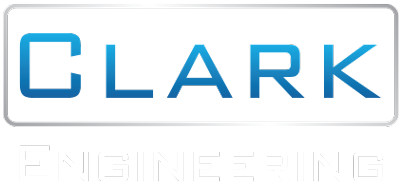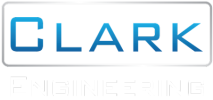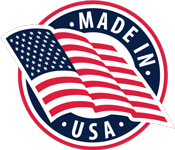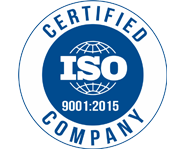Cold Heading
- Home
- Capabilities
- Cold Heading
Our Capabilities
Downloads
SEND US YOUR PRINTS AND WE WILL QUOTE THEM FOR YOU
Cold Heading Services
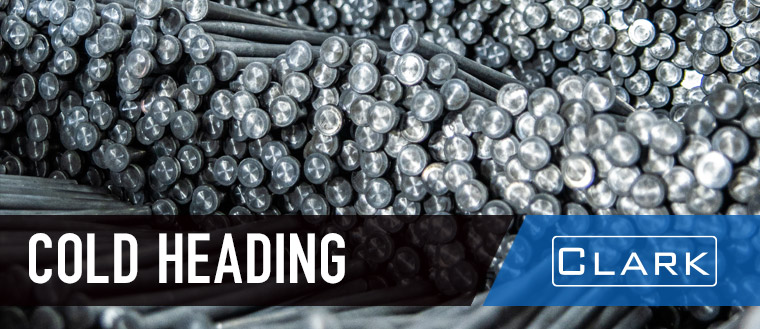
At the forefront of metal forming services, we specialize in cold heading services, a technique akin to creating a bolt’s head. Our rod headers excel in producing various head shapes, upsetting collars from a part’s end, and even extruding ends for roll threading readiness.
Our proficiency extends to using both coil and magazine feed headers, offering us the agility and speed to head both ends of a part swiftly. Our multi-blow capability allows us to repeatedly form intricate end features on the same part. This skill, combined with our magazine feed CNC bending machines, distinguishes us in the realm of coil feed CNC machines, enabling us to manufacture headed wire form parts at highly competitive prices.
Understanding the Cold Heading Process
The cold heading process involves feeding wire into a machine, chopping it, and then hammering it. This shaping occurs at room temperature, avoiding the need for heating or machining. Particularly effective for large-scale production, this method is economical as it shapes materials instead of removing them.
Our company, Clark Engineering, crafts a wide array of fasteners, including unique upset configurations and head shapes, often substituting multi-part assemblies. We design and create our custom tooling, offering numerous benefits for your cold heading supply needs.
Advantages and Tolerances
Cold heading boasts numerous advantages such as enhanced physical properties, high-speed production rates, and the ability to handle large volumes efficiently. It’s a less wasteful approach, using fewer raw materials and thus lowering costs compared to machining.
Our process can handle a wide range of diameters and includes many secondary procedures to produce fully customized products, tailored to both standard and non-standard customer specifications.
Simplifying Cold Heading
Cold heading, or cold forming, is a method that shapes metal into near-net-shaped components. Starting with a slug cut from a continuous wire coil, the cold heading machine employs a series of powerful hammers and dies for shaping.
This process is notably efficient, producing minimal waste, significantly reducing material costs, and maintaining the same volume between the starting slug and the final product. The material’s grain flow is enhanced, yielding a stronger product with smooth, continuous surfaces.
Progression in Cold Heading
Progression in cold heading refers to the advanced development stages, starting with the slug and incrementally achieving the final shape. Simple fasteners might require 1-2 machine blows, whereas complex ones need more.
Each part type follows a unique sequence of punches, dies, and hammers, precisely designed for specific fasteners or components. The progression’s design also considers the necessary materials, with softer metals like copper and aluminum forming more easily than tougher ones like stainless steel and nickel alloy.
Fundamental Forming Methods: Upsets and Extrusions
Cold heading primarily uses two methods: upsets and extrusions. These involve shaping a material by applying enough pressure to make it fill a die’s cavity. Each die is specifically designed to ensure appropriate material movement.
Upsets are a common cold heading method, where the initial diameter increases while the slug’s height decreases. This technique often constructs the part’s head, with different upsets at various stages to produce complex arrangements.
Extrusions, categorized into forward and backward, either push the material through a smaller orifice or cause it to flow around a punch or pin to create a hole or cavity.
Clark Engineering: Your Premier Cold Heading Services Provider
Since 1946, Clark Engineering has been a leading provider of custom-formed metal rod, wire, and tube products. We constantly refine our processes, aiding clients in cost reduction while delivering specialized components of unmatched quality.
As an industry leader in cold heading services, we invite you to contact us for a quote or to discover if cold heading suits your needs.
Talk to an Expert
Fill out the form below and our account management staff will reach out to you shortly.
